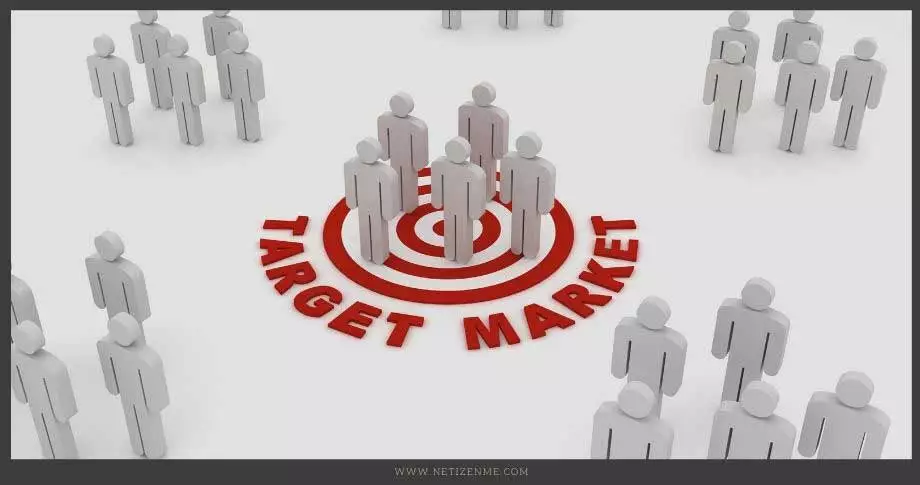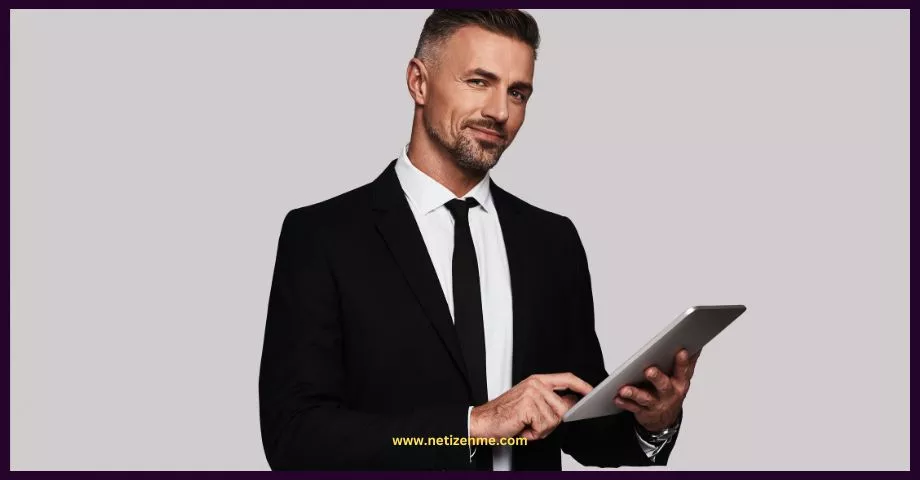In today’s competitive business landscape, companies employ various marketing strategies to enhance brand visibility, drive sales, and foster customer loyalty. One such strategy gaining prominence is public relations sales promotion (PRSP). This approach combines the principles of public relations (PR) with sales promotion tactics to create synergistic marketing campaigns that yield tangible results.
Understanding Public Relations Sales Promotion
Defining PRSP: Public relations sales promotion integrates PR strategies with sales promotion tactics to achieve marketing objectives. It involves leveraging PR efforts to enhance brand credibility, visibility, and reputation while implementing short-term sales promotion activities to stimulate immediate buying behavior and increase sales volume.
Fundamental Components: PRSP campaigns blend PR initiatives such as media relations, community engagement, and influencer partnerships with sales promotion tactics like discounts, coupons, contests, and product demonstrations. This integration effectively engages the target audience, strengthens brand perception, and drives short-term and long-term business outcomes.
The Role of PR in PRSP
Building Brand Equity: Public relations lays the groundwork for PRSP by establishing a positive brand image and fostering consumer trust. PR efforts enhance brand visibility and credibility through media coverage, social media presence, and thought leadership initiatives. This sets the stage for successful sales promotion activities.
Managing Reputation: PR also plays a crucial role in managing a company’s reputation. By proactively addressing issues, responding to customer feedback, and engaging stakeholders, PR helps mitigate risks and build resilience against crises. This safeguards the brand’s integrity and enhances its appeal to consumers.
The Impact of Sales Promotion on PRSP
Stimulating Purchasing Behavior: Sales promotion tactics employed in PRSP campaigns aim to stimulate immediate purchasing behavior among consumers. Companies can create a sense of urgency by offering incentives such as discounts, limited-time offers, and exclusive deals. And encourage consumers to take action, leading to increased sales and revenue generation.
Driving Brand Engagement: Sales promotion activities in PRSP campaigns drive sales and deepen brand engagement and loyalty. By rewarding customers for their purchases, encouraging participation in contests or giveaways, and providing value-added benefits, companies can foster stronger connections with their target audience and cultivate brand advocates.
Implementing PRSP Strategies Effectively
Aligning Objectives: Successful PRSP campaigns begin with a clear understanding of marketing objectives and target audience preferences. By aligning PR and sales promotion strategies with overarching business goals, companies can ensure coherence and consistency in messaging and maximize the impact of their marketing efforts.
Measuring Success: Measuring the success of PRSP initiatives requires comprehensive performance evaluation metrics. Key performance indicators (KPIs) such as brand awareness, customer acquisition, sales conversion rates, and return on investment (ROI) provide valuable insights into the effectiveness of PRSP campaigns and inform future strategic decisions.
Conclusion: Harnessing the Power of PRSP
In conclusion, public relations sales promotion (PRSP) represents a strategic marketing approach that combines the power of PR and sales promotion to achieve business objectives. By leveraging PR efforts to enhance brand credibility and visibility and implementing sales promotion tactics to stimulate purchasing behavior, companies can create compelling campaigns that resonate with consumers and drive results. Embracing the principles of PRSP enables businesses to effectively navigate the evolving marketing landscape and stay ahead of the competition.
FAQs: Public Relations and Sales Promotion
Public relations (PR) is vital in supporting sales by enhancing brand visibility, credibility, and reputation. Through strategic communication initiatives such as media relations, content creation, and community engagement, PR activities generate positive publicity and create a favorable perception of the company and its products/services. By building trust and fostering solid relationships with stakeholders, PR efforts ultimately increase brand awareness, customer loyalty, and sales conversions.
An example of public relations in promotion is when a company sponsors a charitable event or partners with a nonprofit organization to support a cause. By associating the brand with philanthropy, the company enhances its public image and creates positive consumer publicity. This form of cause-related marketing demonstrates the company’s commitment to social responsibility and can attract customers who value ethical brands.
PR in sales refers to integrating public relations strategies with sales initiatives to achieve marketing objectives. PR efforts support sales by enhancing brand reputation, generating positive publicity, and creating a conducive environment for sales conversions. This synergy helps build customer trust, establish brand credibility, and drive revenue growth.
Promotional methods of public relations include various tactics aimed at generating positive publicity and enhancing brand visibility. Examples include:
1. Media Relations: Securing coverage in newspapers, magazines, TV, and online publications to reach a broader audience.
2. Content Creation: Developing engaging content such as press releases, blog posts, and social media updates to communicate critical messages and showcase the brand’s expertise.
3. Event Sponsorship: Partnering with events, conferences, or trade shows to gain exposure and connect with target audiences.
4. Influencer Partnerships: Collaborating with influencers or thought leaders in relevant industries to endorse the brand and reach their followers.
5. Community Engagement: Participating in community events, supporting local causes, and engaging with stakeholders to build goodwill and strengthen relationships.
This article is written by:
Our professional writers and editors are passionate about sharing high-quality information and insights with our audience. We conduct diligent research, maintain fact-checking protocols, and prioritize accuracy and integrity to the best of our capacity.
You can cite our articles under the author name "Netizenme"





